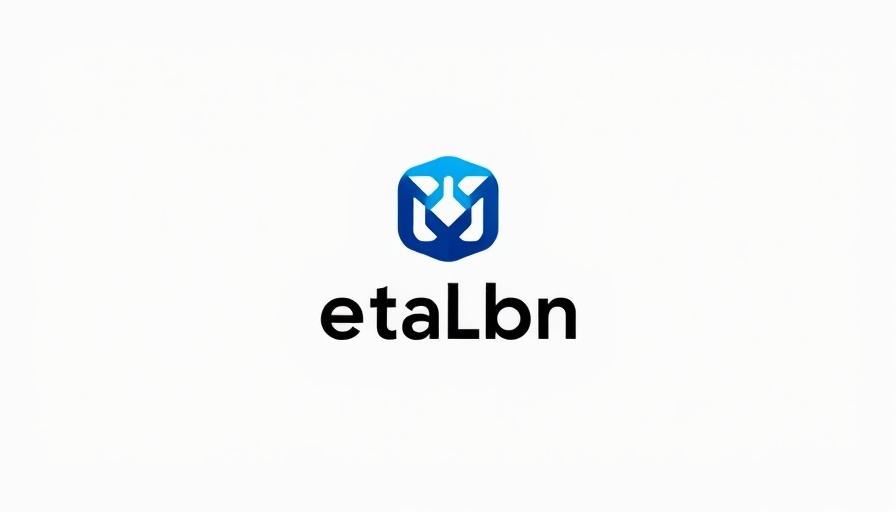
Understanding the Power of LinkedIn Hashtags in 2025
LinkedIn has emerged as an essential platform for businesses and professionals alike, with over 1 billion users globally. As a powerful tool for B2B marketing, the best way to leverage this platform is through effective use of hashtags. In 2025, LinkedIn hashtags have evolved, becoming more sophisticated in how they categorize content and connect users with relevant conversations. This article will delve into the essential tools and top trends surrounding LinkedIn hashtags, providing business owners the insights they need for effective content strategy.
Why LinkedIn Hashtags Matter
Hashtags serve as a digital breadcrumb trail, guiding users to content that aligns with their interests and expertise. By using the right hashtags, business owners can:
- Enhance Visibility: Hashtags enable content to reach audiences beyond immediate connections, targeting professionals with similar interests.
- Join Industry Conversations: By tapping into trending topics, users can participate in dynamic discussions that elevate their professional profile.
- Build Authority: Posting with specialized hashtags can position individuals as thought leaders in their fields, showcasing their expertise.
Strategies for Effective Hashtag Use
As the dynamics of LinkedIn evolve, it’s crucial to adopt a strategic approach to hashtags. Here are some effective strategies:
1. Combining Hashtags with Keywords
In 2024, LinkedIn shifted focus towards traditional SEO practices, making keyword optimization essential. Integrate relevant keywords with hashtags across your LinkedIn profile and posts to enhance discoverability.
2. Monitoring Hashtag Performance
Utilize LinkedIn’s built-in analytics to track hashtag performance. By analyzing which hashtags resonate with your audience, you can refine your strategy for future posts. For example, if #DigitalMarketing elicits higher engagement than #Marketing, focus more on the former.
3. Testing New Hashtags
Stay ahead of trends by continually testing new hashtags. A post targeting the financial sector may benefit from niche hashtags like #FintechInnovation, which can connect content to an engaged audience looking for that specific expertise.
Top LinkedIn Hashtags for 2025
Leveraging popular hashtags can significantly increase content visibility. Here are some of the most impactful hashtags to consider:
- #Leadership: Ideal for posts about team dynamics and personal development.
- #DigitalMarketing: Central to conversations surrounding online strategies and innovations.
- #RemoteWork: Acclaimed for addressing modern work environments post-pandemic.
- #Sustainability: Essential for discussions about environmentally friendly practices.
- #Innovation: Showcases forward-thinking ideas and trends in various industries.
Finding Relevant Hashtags
Discovering relevant hashtags is vital for an effective strategy. Here are methods to unearth trending hashtags:
1. LinkedIn Search Bar
Utilize the search bar to look for industry-specific hashtags. This feature allows you to gauge follower counts, ensuring you choose hashtags that are neither too obscure nor overly saturated.
2. Following Hashtags
Engage with hashtags closely related to your expertise. Following a hashtag keeps similar posts flowing through your feed, offering inspiration and strategic insights.
3. Analytics Tools
Leverage tools such as Draftly to analyze content performance, suggesting hashtags likely to enhance visibility and engagement based on post content.
Best Practices for Using Hashtags on LinkedIn
To maximize the potential of your hashtags, implement these best practices:
- Limit Your Hashtags: Aim for 3-5 relevant hashtags per post. Too many hashtags can clutter content and lessen its impact.
- Mix General and Niche Hashtags: Pair widely-used hashtags with targeted ones to broaden your reach while maintaining relevance.
- Monitor Competitor Strategies: Keep an eye on trending hashtags within your niche by analyzing what your competitors are using successfully.
Conclusion: Elevate Your LinkedIn Presence
Mastering LinkedIn hashtags can significantly expand your professional reach and engagement in 2025. By using trending hashtags, blending them with a strong keyword strategy, and regularly analyzing their effectiveness, business owners can enhance visibility on the platform. As you embark on refining your LinkedIn strategy, consider the tools at your disposal, such as Draftly, to streamline the process and elevate your content’s reach. Remember, effective hashtag use not only amplifies your brand’s message but also opens new avenues for growth!
Ready to transform your LinkedIn strategy? Start utilizing these insights and tools for impactful networking!
 Add Row
Add Row  Add
Add 




Write A Comment